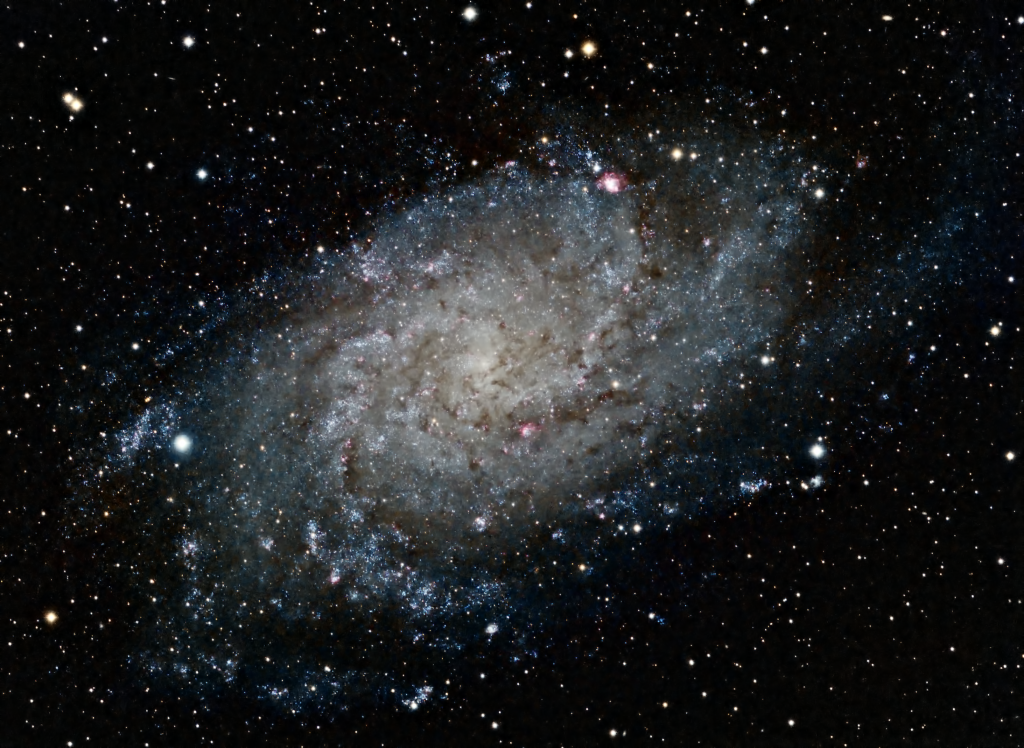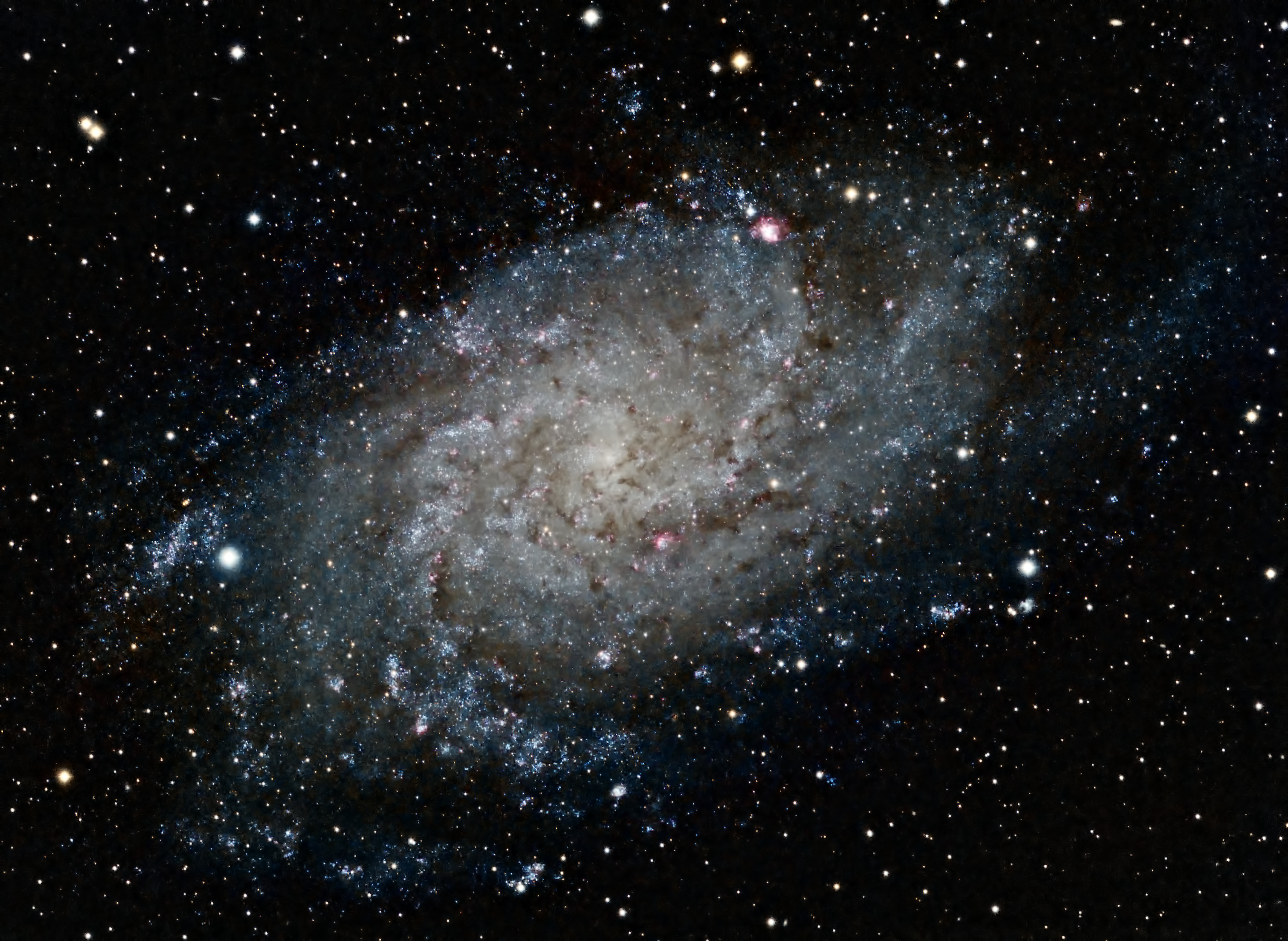
Similar Posts
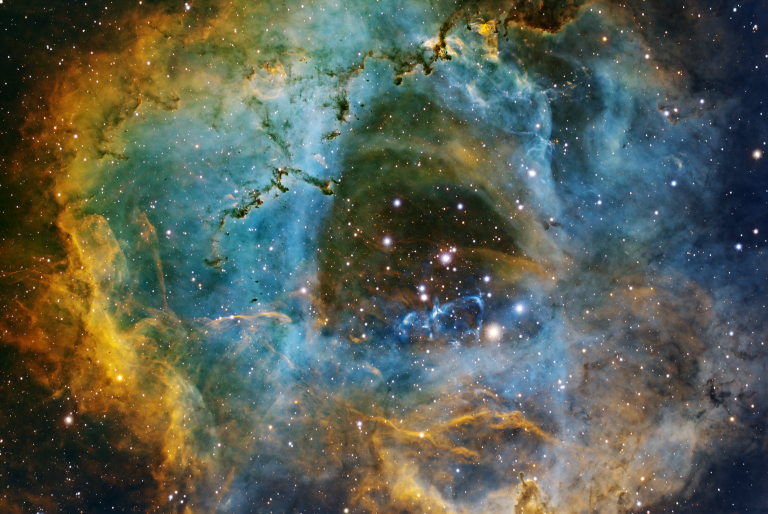
The Rosette Nebula, revisited
Had a couple of clear nights recently, and trained the ‘scope at the Rosette Nebula again. By combining this year’s data with last year’s, I created an image with a total 27 hours of exposure time! The Rosette Nebula is about 5,000 light-years away within the constellation Monoceros, and is the birthplace of the cluster…
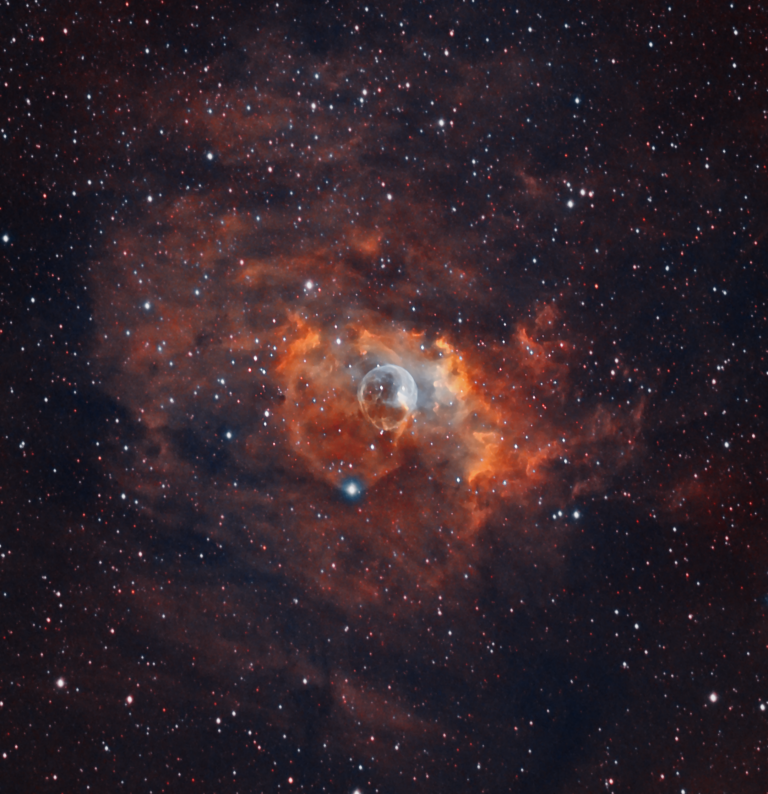
The “Bubble Nebula”
Here’s my latest image of the “Bubble Nebula”, one of my favorite objects in our galaxy. That blue “bubble” is a shell of gas pushed out by the stellar wind of the bright star just right of its center. It’s a big star, 10-20 times larger than our sun. Its radiation is also illuminating and…
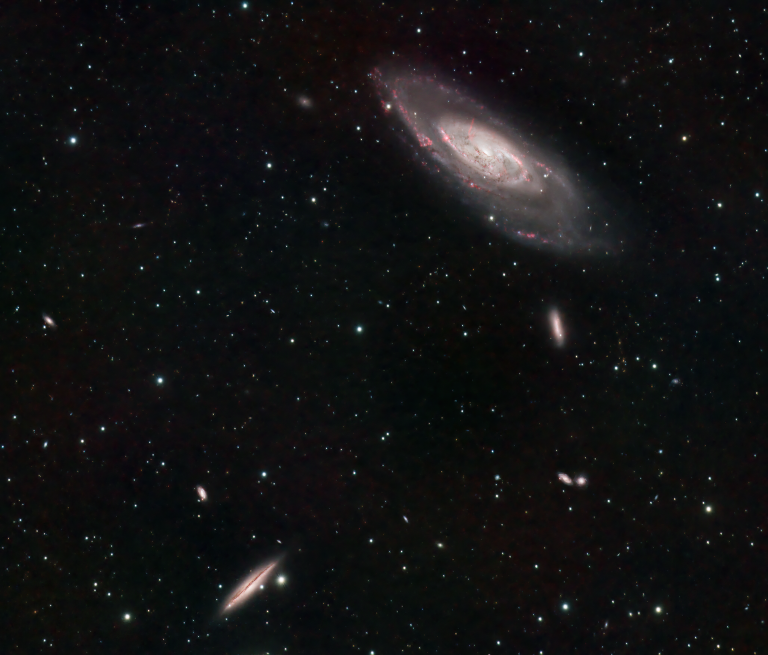
M106 and some of its buddies
The galaxy M106 is an interesting one; it’s large and relatively bright – about the same size as Andromeda. And it’s in a busy part of the sky, within Canes Venatici, with lots of galactic neighbors. This image has been enhanced with Hydrogen emission data; that’s what the red dots and tendrils are. There’s one…
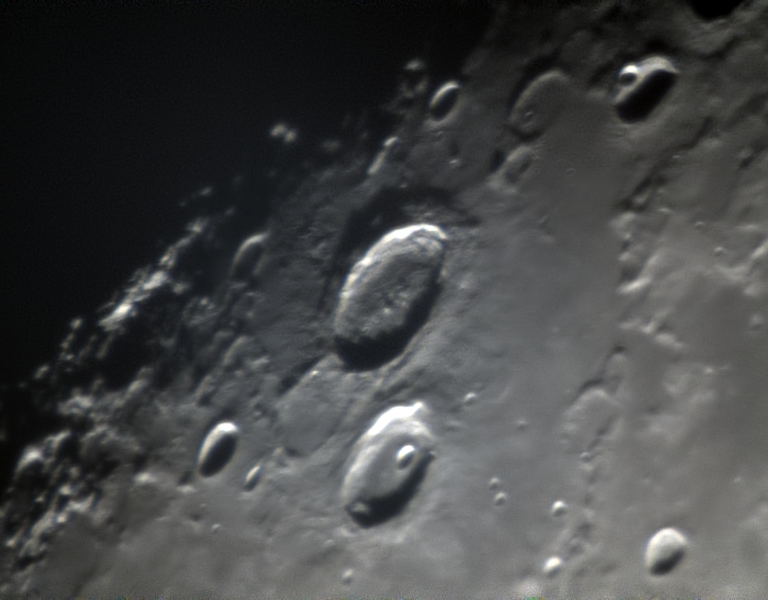
Late-night planetary imaging.
Imaging the planets requires completely different techniques and equipment than deep-sky stuff, and it’s something I’m not really good at yet. What matters the most is the seeing conditions – how stable the atmosphere is. A big part of taking good planetary images is just having the perseverance to get out there whenever the seeing…
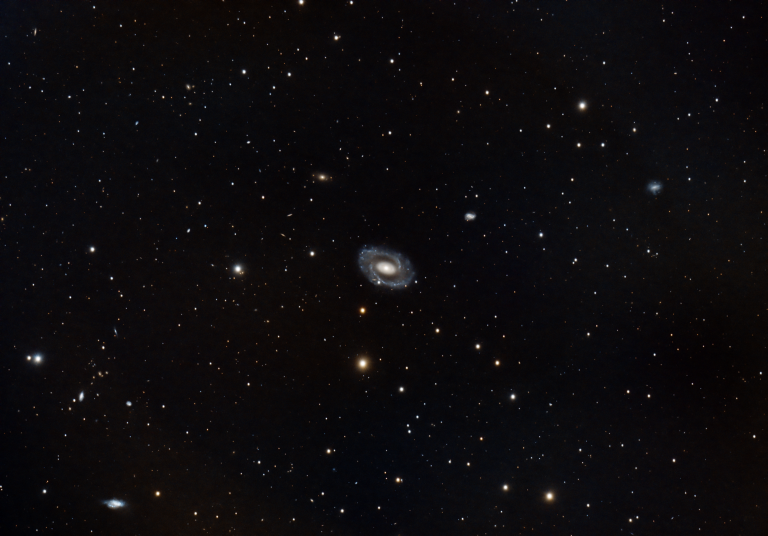
NGC210 is getting photobombed.
At the center of this image is the distant galaxy NGC210, 65 million light-years away within the constellation Cetus. It’s mind-blowing that we can capture an image of something so distant from our backyards, given the right technology. It’s also mind-blowing that we’re looking at light that has been traveling for 65 million years, giving…
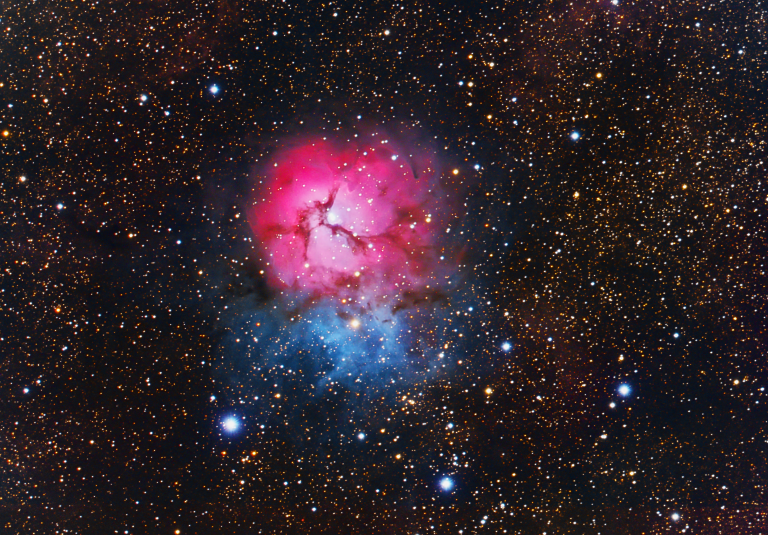
The Trifid Nebula (M20)
Our new observatory is starting to prove its worth… the Trifid Nebula is an object I’ve always wanted to capture, but in our previous location it was too low in the sky and was always obstructed by trees. Further complicating matters, it is a summertime object, and here in Florida summertime is the worst time…

